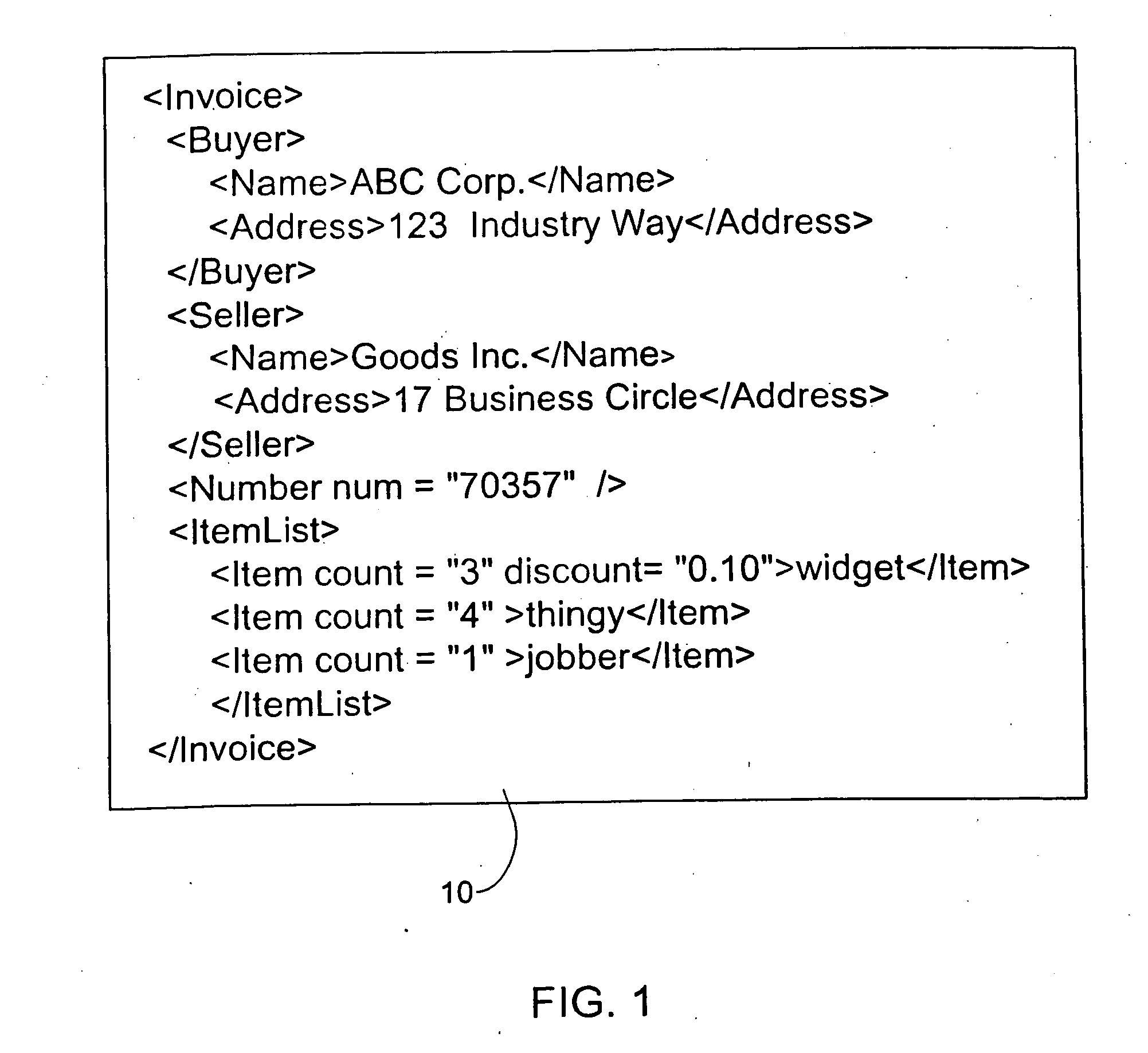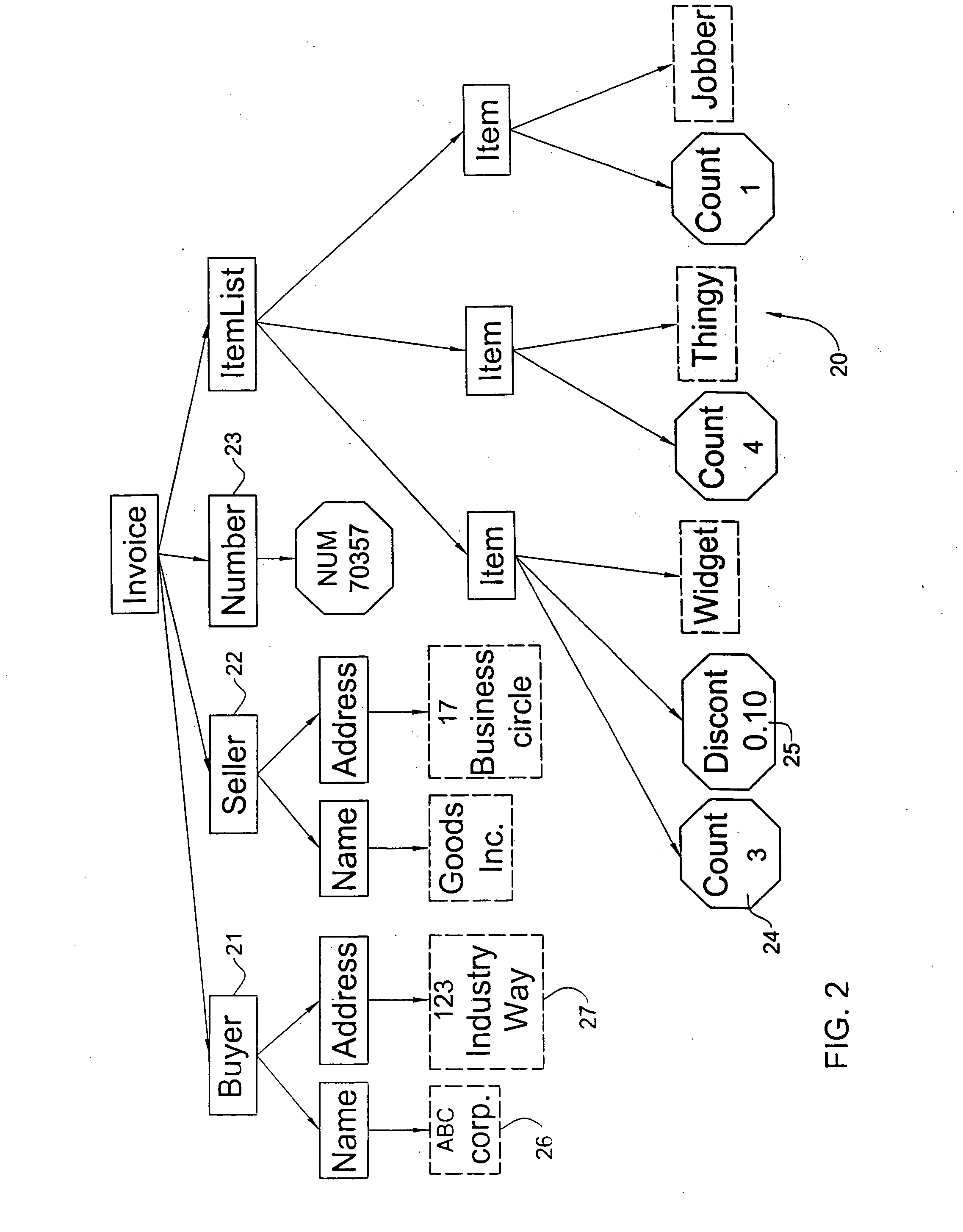Changes to the schema are quite expensive, and result in significant “
downtime” for the
database.
Building new indexes over an existing relation can be quite expensive (insofar as space and
processing time is concerned).
It is generally quite expensive when users wish to perform a query that cannot use an existing index.
Just storing and searching simple web pages is difficult because they are all so different.
Also, queries may contain structural constraints about the objects returned.
Semi-structured storage solutions at this time are neither mature nor standardized.
This is far from being a practical, scalable solution and there is accordingly room for significant improvement.
That is not to say semi-structured data is in any way a new idea, it was frequently avoided before because it can be expensive and difficult to deal with.
Within larger organizations, multiple standards may emerge within departments or divisions, and expensive custom translators can be built and maintained to transfer data between organizational units.
Between organizations however, the problem becomes intractable.
There are simply too many formats to deal with.
There were significant restrictions on how this data could be organized, as well, if it was stored in a commercial
database.
If the data do not have a fixed schema, however, it can be nearly impossible to get good storage and query results from a
relational database.
For each new relation created, search becomes slower and more difficult.
Even with this approach, intelligent search is still often difficult.
This is frequently done because it can save a considerable amount of storage space.
However, when there is a search that uses one of the relationships that is natural part of the original
invoice, but has been split into multiple tables to save space, an expensive reconstruction (i.e., a “join”) must occur.
This leads to two significant problems: large index size and expensive search for structure.
Searching for structure (“
path search”) is necessary in certain applications, but prohibitively expensive in relational databases.
Every time the next generation is encountered, the problem requires an expensive join, or difficult successive query rewrites.
With the popular available indexes for relational databases (e.g. B-trees, hash tables, inverted lists), searching for XML paths will always be difficult because the document structure is lost in the translation to relations.
There are clear reasons to store and search semi-structured sources using the relatively ineffective mechanisms available in relational systems over object-oriented databases in many instances.
In choosing an OO solution, there is significant overhead associated with storing the data.
This overhead can swell the size of the data.
Once indexes are built to aid the search, the OO solution requires even more space.
As such, even though the semi-structured data may be stored easily, querying the data suffers the identical problems of relational systems.
B-trees quickly become quite large and unwieldy.
Thus, OO databases, as they currently stand, are not an adequate solution for storing
XML data.
As organizations trade increasing amounts of information, the number of data formats that must be understood grows unfettered.
Existing
database solutions do not scale well to meet this demand.
If these clues are lost or not easily accessible because of the database and its indexes, the database has failed in its tasks.
The ability to do path searches is an important additional burden placed on semi-structured databases.
Quite simply, the lack of a schema makes the problem much harder than before.
 Login to View More
Login to View More  Login to View More
Login to View More 


